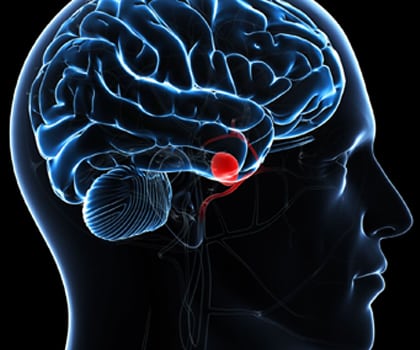Cerebral Angiogram Test By Expert Physicians
Cerebral Angiogram is also known as Intra-Arterial digital subtraction Angiography. A Cerebral Angiogram is a diagnostic for the brain similar to the Coronary Angiogram, done for blood vessels of the heart. This test produces a clear X-Ray picture of the blood vessels running to the brain and/or head. When the Blood Vessels become narrow or blocked or else become abnormal, there is a chance of occurring stroke in the brain.

This test helps to find blocked or leaking blood vessels. This test can help to diagnose issues such as the presence of a blood clot, fatty plaque which increases the risk of stroke, cerebral aneurysm, or other malformations. Cerebral Angiogram helps the technicians to know the extent of damage to the blood vessels and can know the source of the problem. A special dye is administered by an expert physician into the head, Under the direction of an expert physician. This procedure is done by injecting a tiny tube (a catheter) into the blood vessel, (generally in the thigh leg area) all the way up to the head and/or brain. Now the cerebral angiogram is used to generate the images of the blood vessels.
This test is used to detect and diagnose the problems like Acute Stroke, location of Brain tumors, and also cerebral abnormalities.
Our Vascular Physicians are very accomplished in Cerebral Angiogram procedures which are used to diagnose many brain tumors
The process runs through a course of one to two hours, start to finish, and you will be conscious throughout the procedure.
Q. What is a diagnostic cerebral angiogram?
A. A Cerebral Angiogram is a diagnostic for the brain similar to the Coronary Angiogram, done for blood vessels of the heart. Cerebral Angiogram is also known as Intra-Arterial digital subtraction Angiography.
Q. Are brain angiograms dangerous?
A. The angiogram is considered a minimally invasive study. The most concerning risk, though very small, is a possibility of a stroke – damage of arteries supplying the brain during the procedure, or formation of thrombi (clots) around or within the catheter can cause a stroke.
Q. How long does an angiogram of the brain take?
A. This procedure takes approximately 1-2 hours.
Q. What to expect after an angiogram?
A. After an angiogram, your groin or arm may have a bruise and feel sore for a day or two. You can have your normal diet after the test. Your doctor may give you specific instructions on when you can do your normal activities again, such as driving and going back to work.
